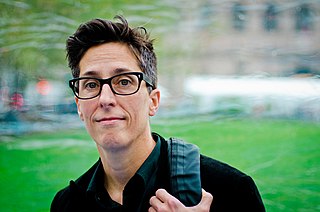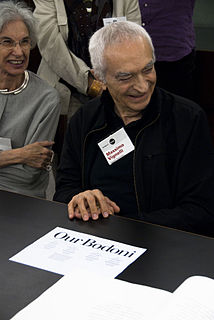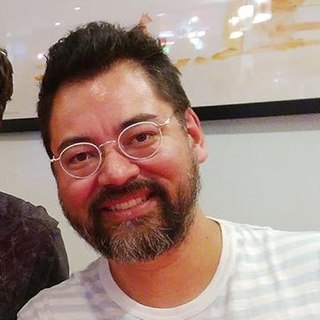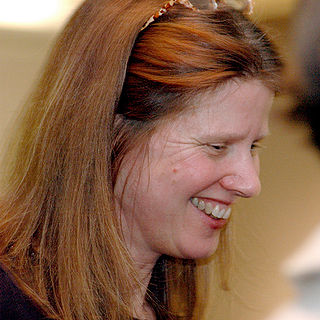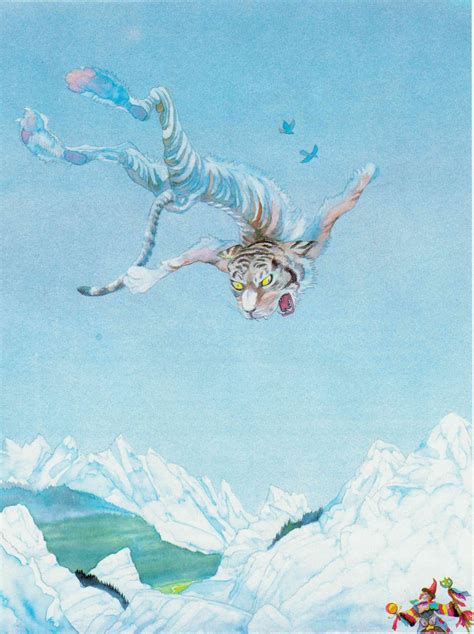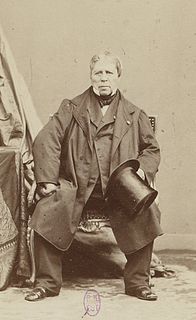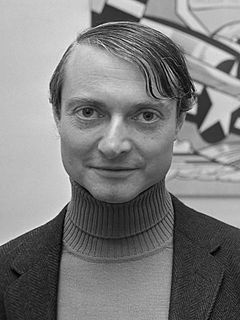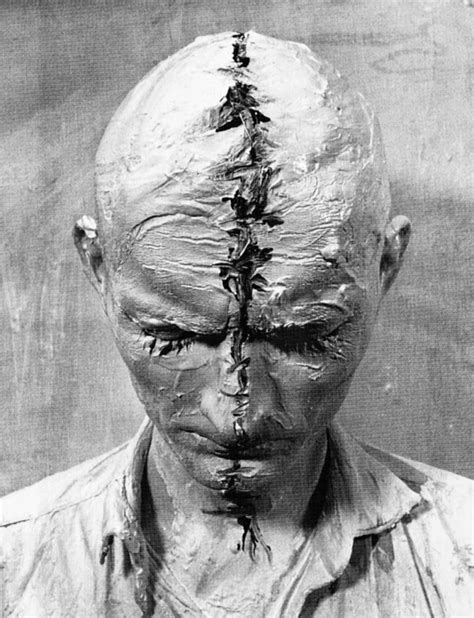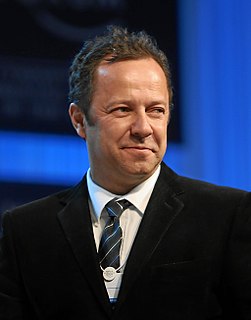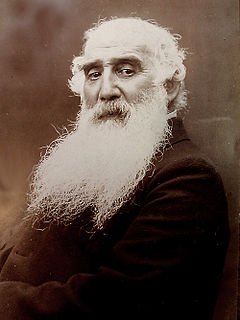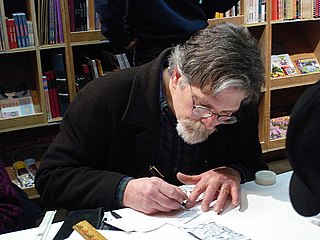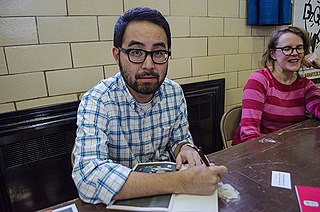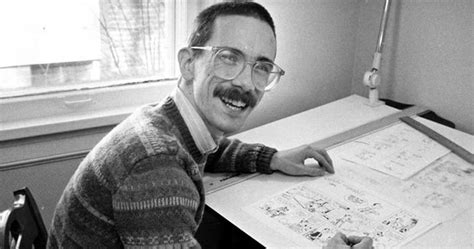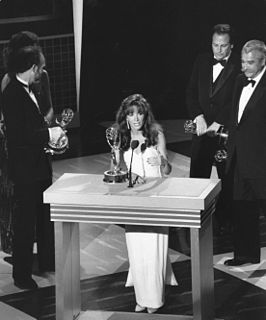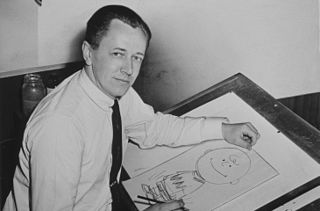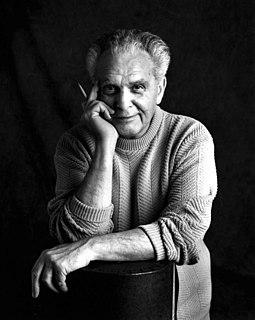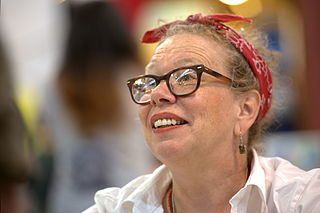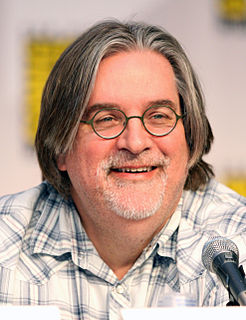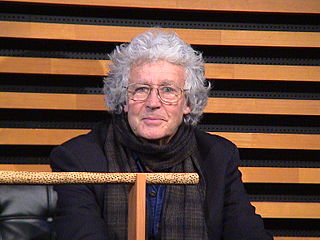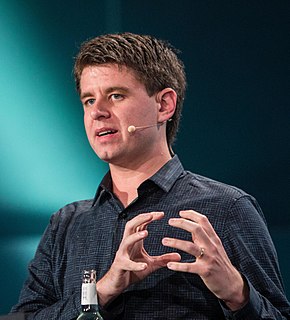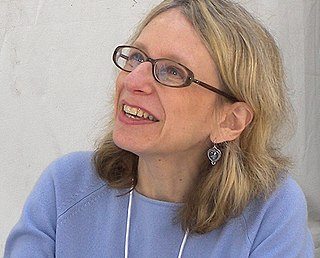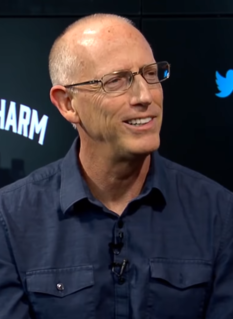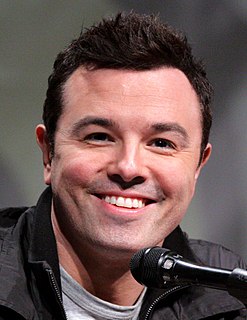A Quote by Alison Bechdel
The writing is hard, and the drawing is fun. It's very satisfying to see a drawing start to come together.
Related Quotes
Drawing is more fun to me than writing. I think it's interesting to talk to different cartoonists about how those activities work for them. I'm a very writerly cartoonist. I certainly spend more time on the writing than I do on the drawing, even though the drawing, of course, is very time-consuming.
I am trying to represent design through drawing. I have always drawn things to a high degree of detail. That is not an ideological position I hold on drawing but is rather an expression of my desire to design and by extension to build. This has often been mistaken as a fetish I have for drawing: of drawing for drawing’s sake, for the love of drawing. Never. Never. Yes, I love making a beautiful, well-crafted drawing, but I love it only because of the amount of information a precise drawing provides
I grew up with a pencil. A pencil was my computer at the time and so drawing, drawing, drawing and the tools of drawing where the usual ones and eventually then you graduated from the tools when the work increases and you start to draw by freehand as precise as possible and as accurate as possible, and I was pretty good at that.
Usually I begin things through a drawing, so a lot of things are worked out in the drawing. But even then, I still allow for and want to make changes. I kind of do the drawing with the painting in mind, but it's very hard to guess at a size or a color and the colors around it and what it will really look like. It's only a guess at the beginning, and then I try to refine it.
